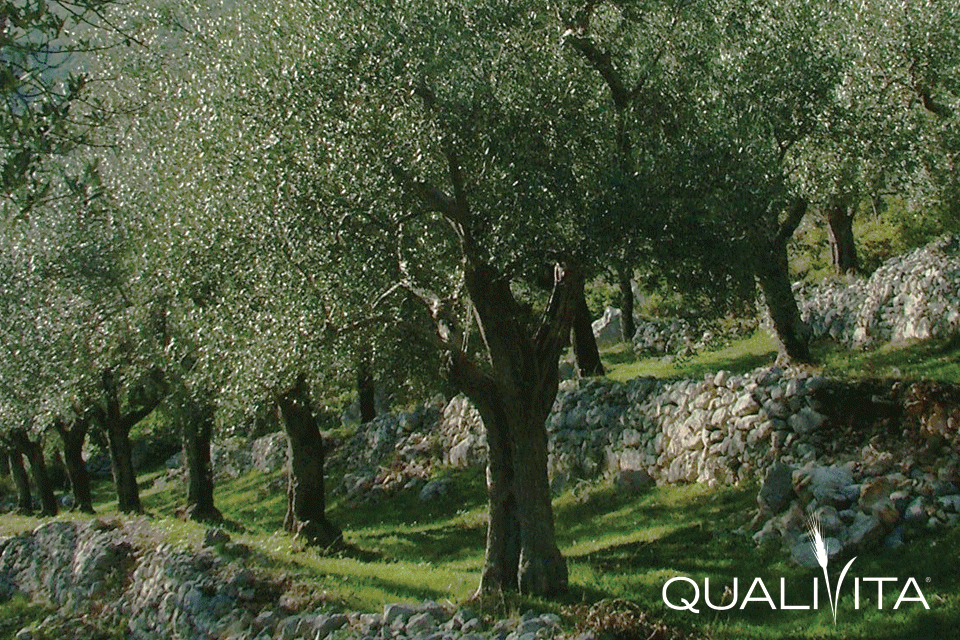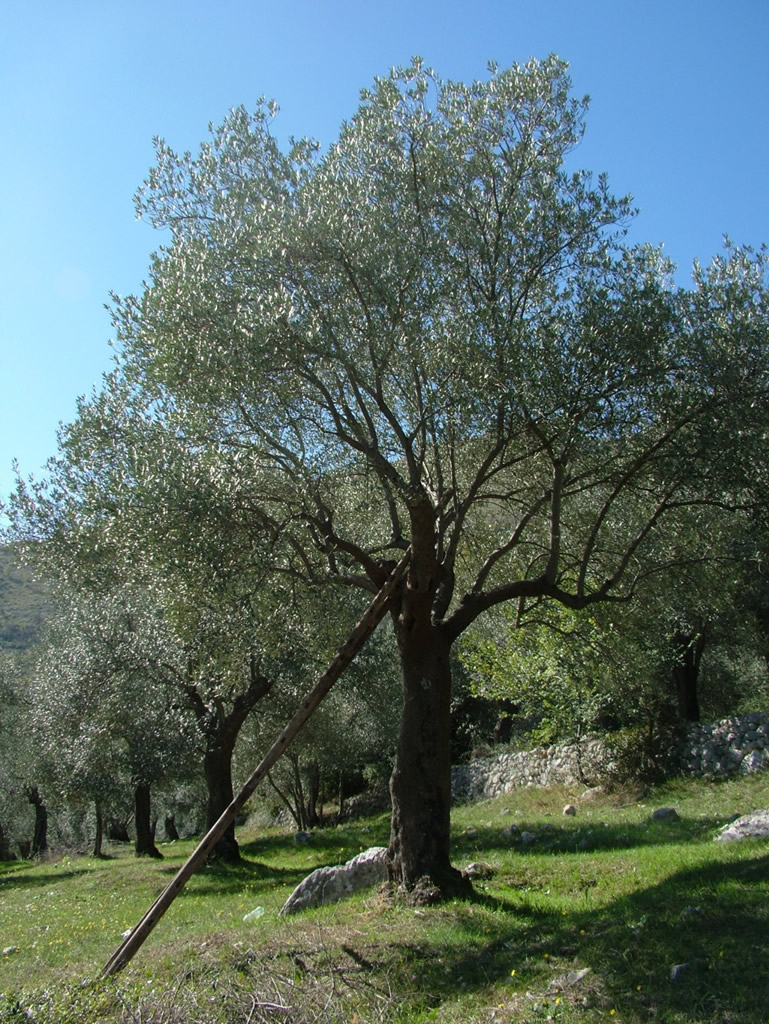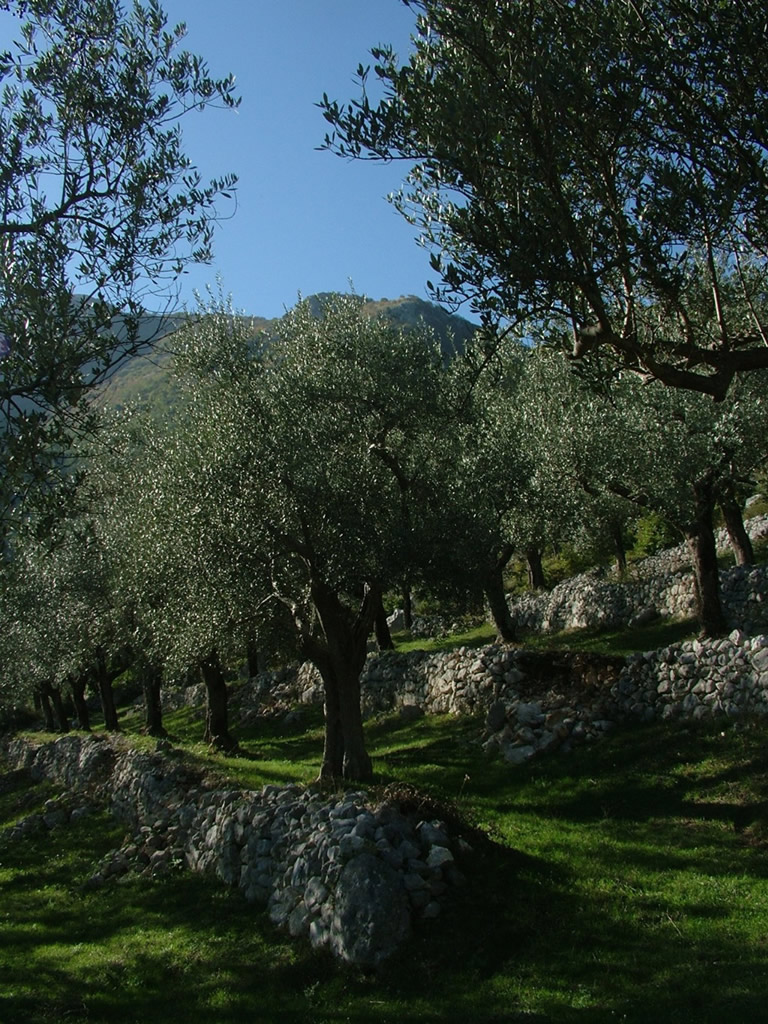Description
Molise PDO extra virgin olive oil is obtained from the Aurina, Gentile di Larino, Oliva Nera di Colletorto and Leccino olive varieties, which must make up at least 80% of the groves, individually or combined. Up to 20% of other local varieties, such as Paesana Bianca, Sperone di Gallo, Olivastro and Rosciola may also be present.
Production Area
The production area of Molise PDO extra virgin olive oil is within almost the entire territory of the provinces of Isernia and Campobasso, in the Molise region.
Production Method
The olives must be harvested directly from the tree, by hand or mechanically, starting from the first ripening of the fruit. Olives which have fallen to the ground before the harvest may not be used. The olives are transported to the mill in such a way that the quality of the fruit is maintained. They must be kept in a cool dry place, in rigid, ventilated and stackable containers, until they are milled, which must take place within two days of the harvest. The malaxation process must last no longer than 50 minutes and must be carried out using temperature-controlled water that is no higher than 25 °C.
Appearance and Flavour
Molise PDO extra virgin olive oil is yellowish-green in colour; it has a light to mild fruity smell and a fruity flavour, with delicate bitter or piquant hints.
History
The production of olive oil in this area has extremely ancient origins. It is referred to as an excellent product in many documents dating back to the Roman period. Between the 1st century BC and 1st century AD, Cicero praised the industriousness of the inhabitants of Larino and the fertility of their land in Pro Cluentio; Horace suggested using Venafro oil to make two types of sauces that were around at the time in The Satires; Pliny the Elder described the introduction of olive trees into the area of Licinio and the high quality of the oil they produced. And there is not just written evidence of the extensive production of oil in Molise in ancient times: almost all of the Roman villas discovered over the centuries have cellars containing large oil jars. Over the centuries, the Aurina variety has been joined by the Gentile di Larino, Rosciola and Oliva Nera di Colletorto varieties.
Gastronomy
Extra virgin olive oil is highly perishable and must be stored correctly in order to maintain its organoleptic properties. It should therefore be kept in a cool, dark place at a temperature between 14 and 18 °C, away from heat sources and other foods that emit strong odours. It should be consumed within 4-6 months of pressing to fully appreciate its flavour. Molise PDO extra virgin olive oil is indicated for pasta dishes and as a condiment for broths and legume soups.
Marketing
The product is marketed as Molise PDO extra virgin olive oil. It is sold in glass recipients of no more than 5 litres. The label must bear the indication Molise, followed by the wording Protected Designation of Origin (PDO), the European symbol and the production year. The specific guarantee mark, which consists of a unique alphanumeric code that ensures the traceability of the product, must be on the packaging.
Distinctive Features
Molise PDO extra virgin olive oil is characterised by a maximum acidity of 0.5 g per 100 g of oil, a panel test result higher than or equal to 6.5 and a polyphenol level of at least 100 ppm.











